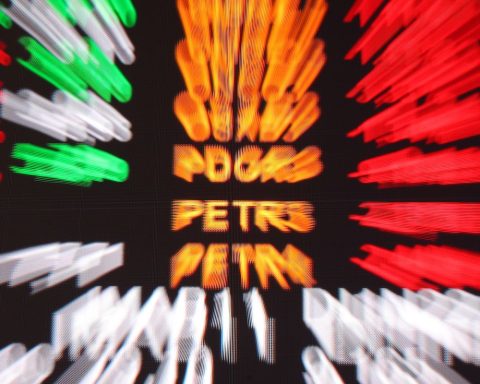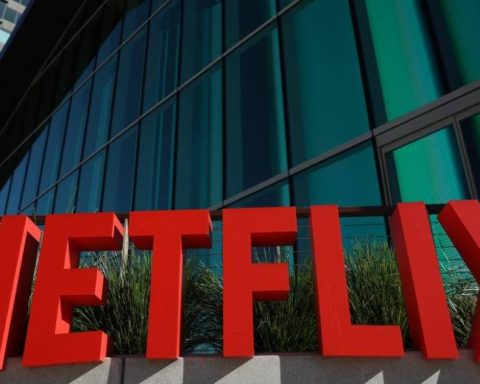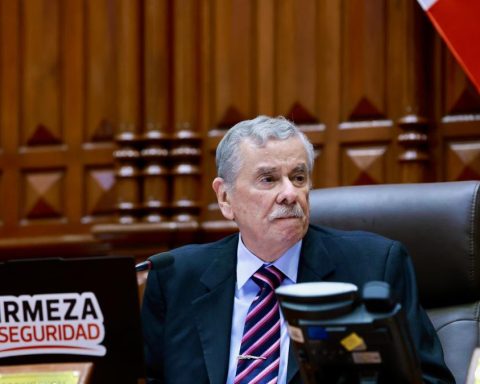Yesterday, the price of dollar blue and the official dollar in Argentina showed significant differences, reflecting the continued volatility of the exchange market. The blue dollar, which is traded in the parallel market, was quoted at $1,185 for sale and $1,155 for purchase.
On the other hand, the dollar official, controlled by the Central Bank of the Argentine Republic (BCRA), was quoted at $995 for sale and $955 for purchase at Banco Nación. The exchange gap between the blue dollar and the official dollar remained high, standing at approximately 17.5%.
This difference reflects the restrictions and controls that the government imposes on the purchase of currency, which leads to the blue dollar having a higher value compared to the official dollar. This Wednesday, the dollar It is listed at $1155 for purchase and $1175 for sale.
Meanwhile, the dollar official price is $955.50 for purchase and $955.50 for sale. In addition to the blue dollar and the official dollar, other types of dollars were also quoted on the market. The counted dollar with settlement (CCL) traded at $22.40, while the stock market dollar (MEP) traded at $293.92.

Fountain: Dollar Today.
The country risk fell 117.5% to stand at 1,207 points. The Argentine exchange market has been marked by high volatility in recent years, with significant fluctuations in the prices of different types of dollars.
This situation is largely due to the government’s economic policies, inflationary pressures, and investors’ lack of confidence in the country’s economic stability. The quote of dollar blue and the official dollar also reflects the perception of investors about the economic and political situation of the country.

Gap
The high exchange rate gap indicates that there is a large demand for foreign currency in the parallel market, which suggests a lack of confidence in the government’s economic policy and in the BCRA’s ability to control inflation and stabilize the currency.
In the context of the Argentine economy, the price of dollar blue and the official dollar is an important indicator of the country’s economic health. A high exchange rate gap can lead to higher inflation, as imported goods and services become more expensive in peso terms.
follow us on Google News and on our channel instagramto continue enjoying the latest news and our best content.















